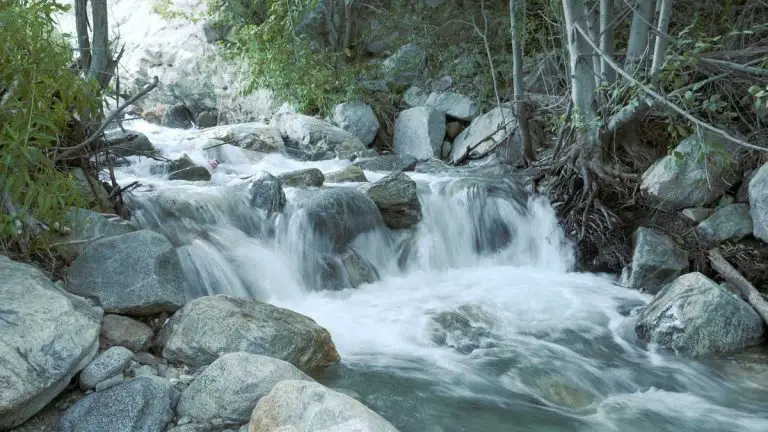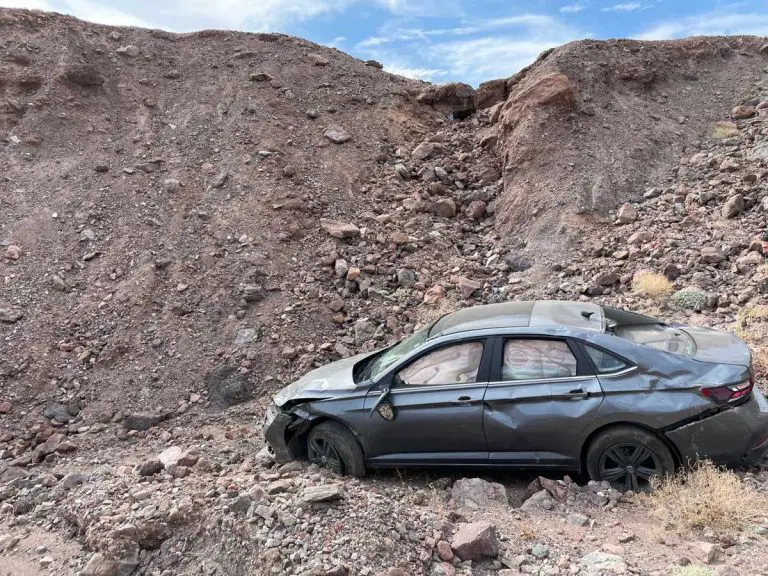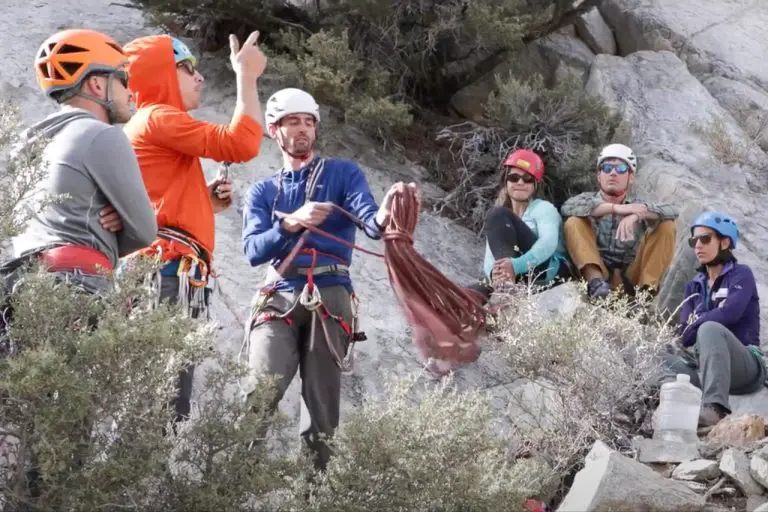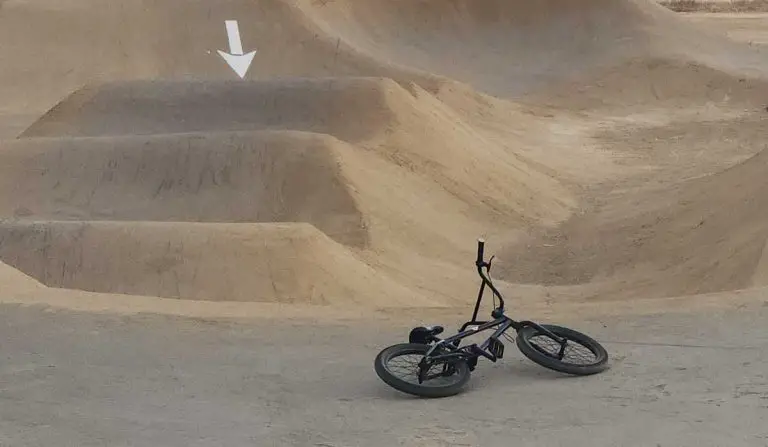Mount Baldy Trails Closed Through 2025, Sparking Controversy

For decades, the trails leading up Mount Baldy have drawn a steady flow of hikers eager to test their endurance and escape the bustle of Southern California’s lowlands. Today, some of the most beloved routes, including the Baldy Bowl Trail and the Devil’s Backbone, sit behind “Closed” signs, leaving would-be summit seekers perplexed and frustrated.
The U.S. Forest Service, citing extensive damage from the Bridge Fire and the resulting risk of landslides, uprooted vegetation, and unstable terrain, has closed popular hiking paths until December 2025. The closure order comes after a September wildfire scorched over 50,000 acres and destroyed 20 homes in Mt. Baldy Village—though not the upper elevation trails. Agency officials say the year-long closure period is necessary to protect public safety and allow the fragile landscape to recover.
“These areas will be closed for public safety and to facilitate recovery of the natural resources and landscape affected by this wildfire,” read a Forest Service notice posted at local trailheads.
Yet, the broad, one-size-fits-all nature of the closure is drawing criticism. Hikers who expected charred landscapes along the summit trails have instead found them largely unscathed. Some question why the Forest Service’s restrictions remain in place when the routes to Mount Baldy’s 10,064-foot peak appear safe and intact. Others argue the closures are too lengthy, unnecessarily limiting access to well-known summits and scenic vistas.

Local resident Sam Hall of Upland acknowledges the signs of fire damage in the broader area but questions the scope of the closure. “You can see it’s all burned out there, but I guess it just causes some safety issues,” Sam Hall told a local TV station. “A friend who hikes more often than I do thinks it’s too strict—he doesn’t understand why the closure lasts so long.”
Claremont resident and hiker, Jake Bourque, is among those disappointed. “I’ve never done the summit hike before,” he told the news station during a recent visit to Ice House Canyon, an alternative route still open to the public. “It’s a bit of a letdown to think I can’t do it until next year.”
Adding to the controversy, the Mount Baldy Ski Resort—situated squarely within the closure area—remains open. The Forest Service granted the resort a variance, allowing lifts and the “Top of the Notch” restaurant to continue welcoming visitors. This exception, some critics say, undermines the stated goal of protecting the landscape.
Online debates have intensified, with some calling the decision “capitalism over conservation,” while others defend the variance as a practical measure that preserves local businesses and jobs.
Resort officials say none of their runs burned. They appealed to have the closure lines adjusted but ultimately settled for the variance. While the slopes remain available to skiers and riders, the resort’s general manager, Robby Ellingson, is concerned the inflexible closures to surrounding trails will harm the region’s outdoor economy and the agency’s credibility over time.
AIR7, an ABC7 news helicopter, recently spotted trekkers on the off-limits Devil’s Backbone Trail. Hikers caught violating the order risk fines of up to $5,000 and even six months in jail.
Forest Service spokeswoman Dana Dierkes acknowledged that the most popular summit trails did not burn, but said the closures are about more than just scorched soil. These trails provide access to other areas that did burn, Dierkes explained. With vegetation destroyed, the risk of landslides and debris flows looms large during the coming winter storms, and the agency wants to err on the side of caution.
Residents in Mt. Baldy Village, preparing for storms by placing concrete barriers and stocking sandbags, say they understand the safety concerns—but find some rules hard to swallow. Even a paved scenic road leading out of the village has been shut down, blocking local exercise routines and daily walks. “They keep saying it has something to do with the fire, but there’s nothing left to burn,” said longtime resident Cindy Debonis. “I want to walk. I’d like to go take a hike. This is where I live.”
The Forest Service says it will reassess the closures after winter weather passes, potentially reopening some areas before the December 2025 deadline if hazards recede. Until then, the tension between safety, freedom, environmental stewardship, and economic vitality will continue playing out in the San Gabriel Mountains—leaving many hikers staring wistfully at Mount Baldy’s lofty, if currently off-limits, summit.






